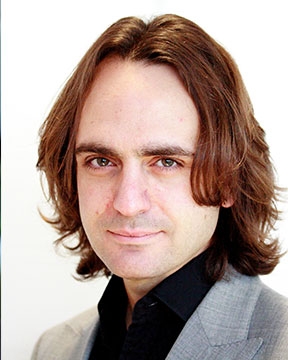Abstract:
Confucius wrote that “The beginning of wisdom is to call things by their proper name.” But as we transition towards a cleaner and greener economy, confusion is as rife as ever [1]. Environmental sciences are riddled with jargon and contradictory studies. The concepts of ‘circular economy’ and ‘carbon footprints’ have failed to inspire the general population. The divide between policy makers, activists and members of the public is a gaping chasm. While the search for a sustainable way of life rumbles on, we ask: where will the waste go?
In the fast-moving world of technology and innovation, it takes all the running you can do to stay in the same place. Take Moore’s Law as an example: the number of transistors in a dense integrated circuit doubles about every two years. Today’s technology and gadgets are tomorrow’s outdated scrap.
But at what cost?
As we move from one technology to another, in a world landscaped by ever-changing political moods, a great deal may be lost in translation. For example, the transition to electric vehicles depends upon mass production and deployment of Lithium-Ion batteries. But is the move away from fossil fuel and towards electric-powered vehicles as clean as we think it is?
Current automotive technology uses lead-acid batteries: a product synonymous with pollution because it supports petrol and diesel engines. As for the recycling of lead batteries (i.e. smelting), this activity is considered by some as being the world’s most polluting industry. [2]
While the world is obsessing with electric vehicle technology, we have forgotten that the lead-acid battery is the world’s most successfully recycled commodity product. [3] In the US, almost 100% of these batteries are collected and recycled. The same cannot be said for Lithium-Ion batteries which are currently nowhere near as recycled as lead batteries. Moreover, electric vehicles are only as clean as the electricity they run on. Indeed, if we burn coal to produce electricity, then all we have done is shift the carbon footprint from the vehicle to the point of production of electricity.
The lead-acid battery was invented in 1859, that is, before the mechanical generation of electricity. It has been around for more than 150 years. Its market share is expected to reach $95 billion USD by 2026. [4] Lead batteries can support tomorrow’s Cleantech industry and our transition to a zero-waste economy, but for this to happen, the incumbent lead recycling industry must become cleaner, more energy-efficient and less wasteful.
Aurelius and our innovative technology for the recycling of lead battery paste, the active ingredient in lead batteries, aim to catalyse this change. Our technology offers a water-based (i.e. hydrometallurgical) alternative to the harmful and wasteful practices of the incumbent industry.
The process, dubbed FenixPb, is ‘energy positive’, generating around 4,000 MWh of thermal energy per 10,000 tonnes throughput. It is also zero-waste; it does not produce any slag or noxious gases; and it reduces the carbon footprint by approximately 85%.
But this is not where we stop: we aim to tackle waste and the practice of land-filling. Our vision is a web of industries where one stream's waste is another stream's in-feed: bridging linear and wasteful processes to create a pollution-free, zero-waste future.
We will catalyse a shift away from land-filling by converting waste into useful products (i.e. without incineration or the burning of waste, which are wasteful practices). For example, we can produce reagents for the FenixPb recycling process directly from municipal waste and from waste battery acid. This prevents the land-filling of municipal waste, recovers useful materials (such as plastic, metal and glass) and avoids the destruction and land-filling of battery acid.
Our objective is to achieve industrial synergy between different processes and waste streams: imagine waste from one industry being used as a raw material for another industrial process. This is analogous to biological ecosystems, where nothing ever goes to waste.
The projects we aim to synergise include the recycling of lead-acid batteries, lithium-ion batteries, spent tyres, industrial catalysts, acid treatment and more. To put it simply: we harvest resources from urban waste, to create a waste management space where nothing but waste enters and nothing but products leave.
References:1) S. R. Dovers and J. W. Handmer, Environmental Conservation, Volume 20, Issue 3, 1993, pages 217 - 222.
2) A. D. Ballantyne, J. P. Hallett, D. J. Riley, N. Shah and D. J. Payne, Lead acid battery recycling for the twenty-first century, R. Soc. open sci.5: 171368, 2018.
3) Battery Systems for Electric Energy Storage Issues, Battery Industry RTD Position Paper, EUROBAT, July 2015.
4) Automotive Battery Market Size & Forecast Report, 2014 – 2025, Report ID: MN17616990, March 2018.
|




















